Symptoms Of Osteopenia
Most of us have heard of osteoporosis, which is a disorder that causes the bones to lose tissue and become weak and brittle. However, not many are aware of this similar disorder that is often confused with osteoporosis. Osteopenia is similar to osteoporosis in that the person suffering from the disorder will experience a loss in bone density. However, it's not to the same extent. While not everyone requires treatment with medication, certain risk factors could make your condition more severe.
It's important to see a doctor soon if you think you may be suffering from osteopenia. They can help patients manage the disorder and reduce the risk of fractures and broken bones. There are a few symptoms of osteopenia to be on the lookout for. Get to know them now.
Localized Bone Pain
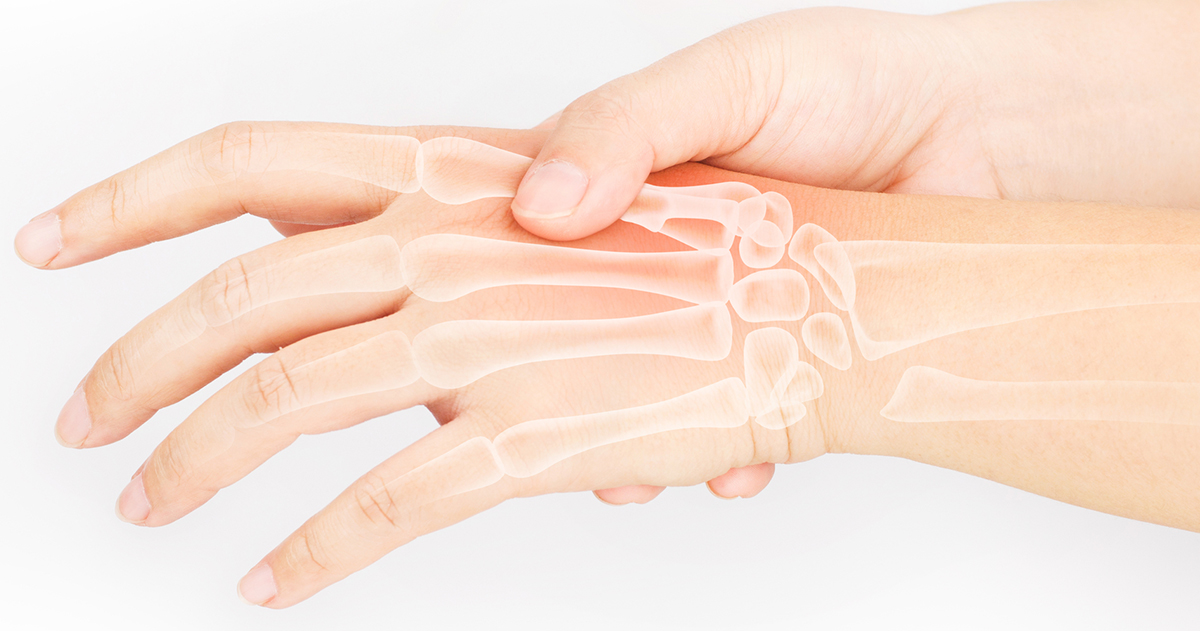
Localized bone pain is a prevalent symptom of osteopenia. However, it can also signify other issues or be mistaken for joint pain. Localized pain means you'll notice it in a specific place, and it can be sharp and shooting. Joint pain is similar as often manifests as shooting pain, but it's typically localized to a joint area. This could indicate the cartilage is eroded, leaving bone on bone friction that causes pain and discomfort. You may also notice the problem gets worse with activity or overuse.
Now that you have a better understanding of the differences, you can be more effective in communicating with your doctor. Be sure to inform them of the nature of your localized bone pain and how it differs from joint pain. They can help you determine if you have osteopenia through blood tests, imaging studies, or other diagnostic tests. Keep in mind immobilization isn't typically recommended, so expect to remain somewhat active as you work to arrive at the right medical regimen for long-term management.
Bone Fractures
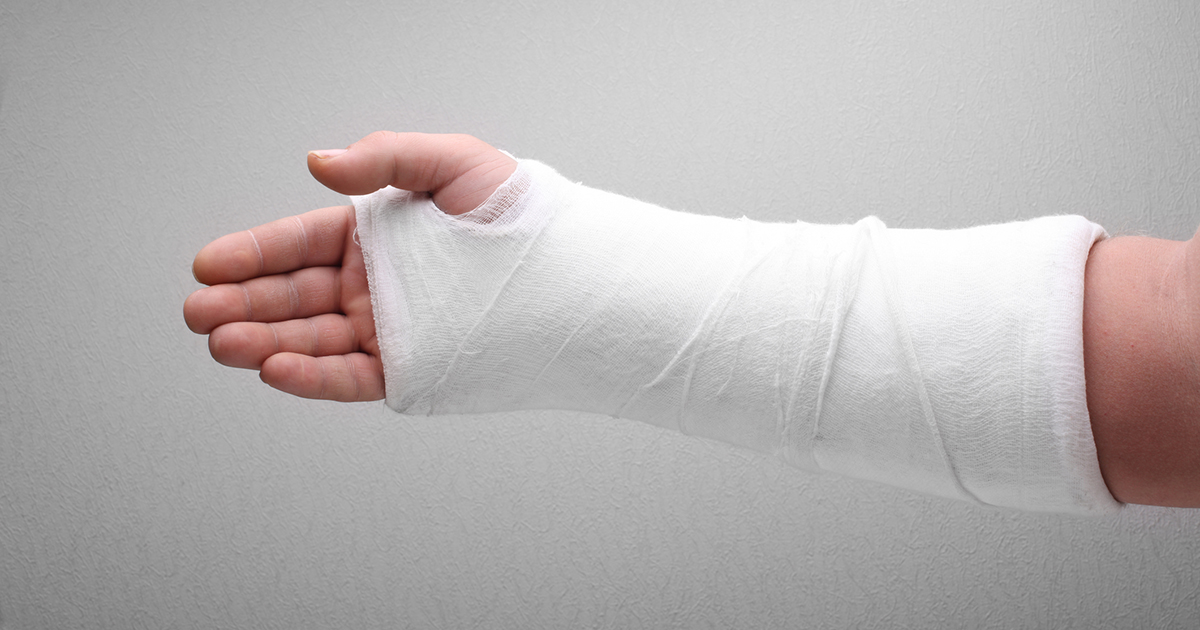
Do your bones easily fracture? They occur when a bone is shattered, often with excessive force. However, in the case of individuals suffering from osteopenia, it may seem fractures occur in situations that would normally only cause bruising.
Bone fractures typically take around six to eight weeks to heal, and your doctor will employ various methods to immobilize the bone. This can include putting the body part in a cast, splint, sling, or combination of any of the three.
Unfortunately, patients with osteopenia are more susceptible to experiencing bone fractures. However, there are ways to prevent them, such as consuming more calcium. You can also take the time to minimize risks around the home that could cause accidents. Hide wires that stretch across the floor, reduce clutter, and remove unused. This is a good time to arrange for a garage sale to make your home as osteopenia-friendly as possible.
Lowered Bone Density
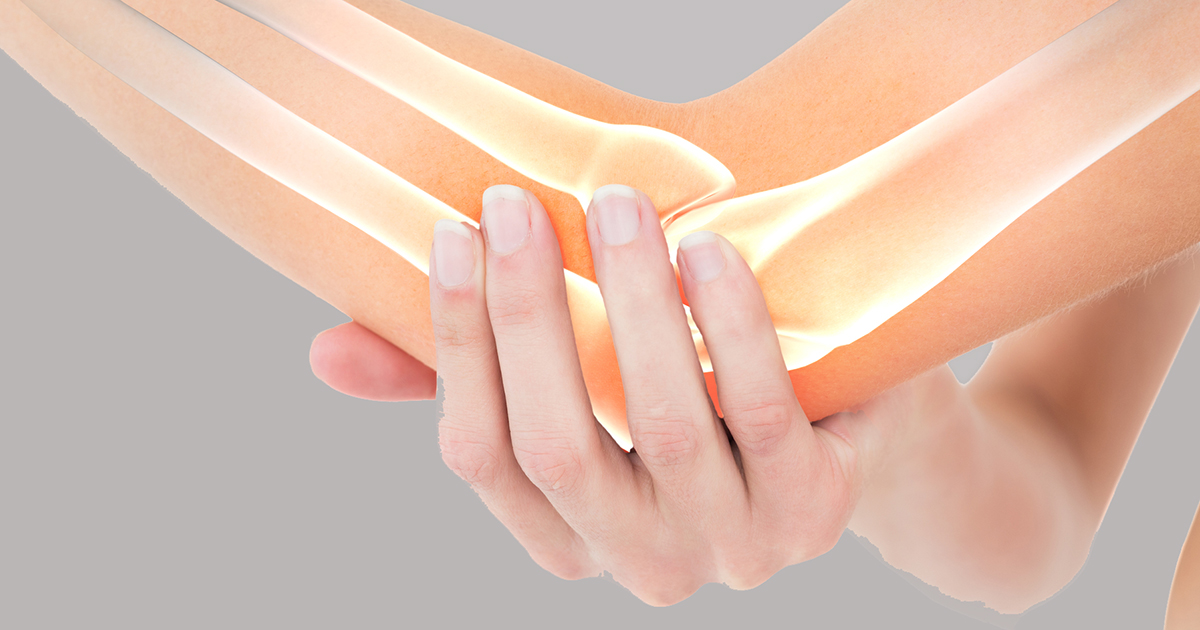
Bone density refers to the amount of bone mineral in bone tissue. Lowered bone density is a very distinct symptom of osteopenia, and doctors can order testing to make a definite determination. If you are diagnosed with osteopenia, monitoring bone density will likely become a regular part of your routine. This allows your healthcare provider to keep track of your condition and help determine your risks.
Although it may sound scary, bone density testing really isn't bad. In fact, the simple versions of the test can even be performed at your local pharmacy. During the test, avoid wearing tight clothes or those with zippers, belts, and buttons. Also, avoid taking extra calcium twenty-four hours before the test as this can skew results. The test only takes around ten to thirty minutes. Knowledge is power, and the results of a bone density test can help you better understand osteopenia and how to live with it.
Weakness In The Broken Bone Area
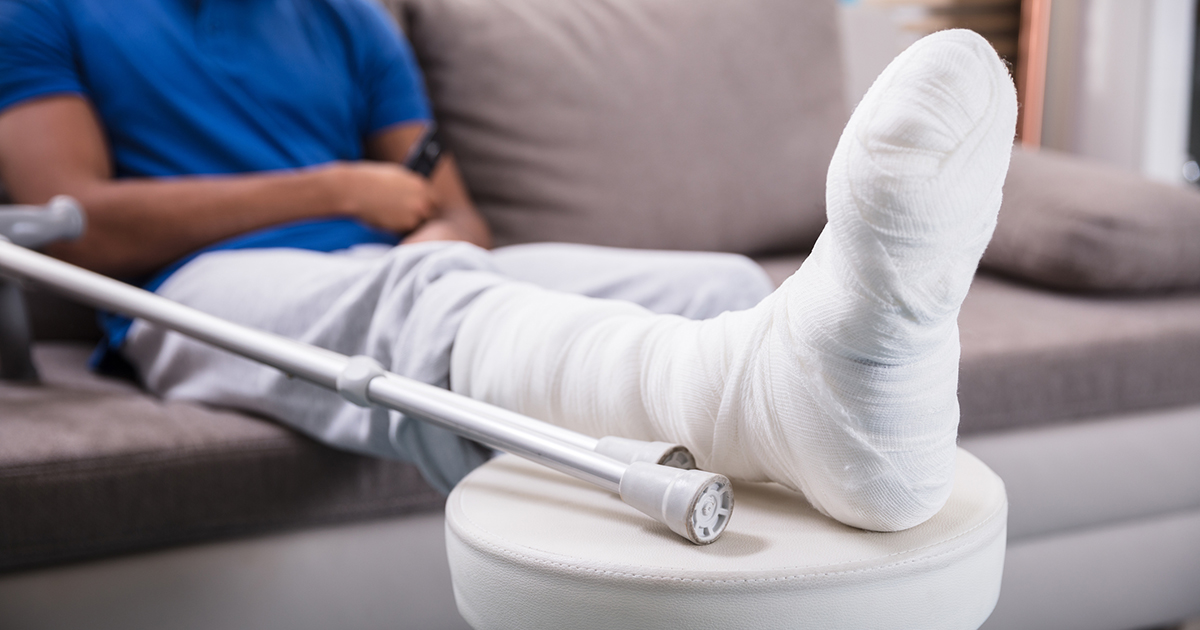
When broken bones occur, patients with osteopenia may experience weakness in the broken bone area. While you may feel hopeless, there are things you can do to promote healing.
When you suffer from broken bones, you'll inevitably experience pain. While anti-inflammatories can help alleviate this pain, they are also known to slow the healing process, because inflammation is an important part of the healing and cleaning process in broken bones.
Keep in mind a large amount of energy is required to heal a broken bone. Therefore, you must ensure you're providing your body with what it needs. As you heal, make sure you are consuming ample calories rich in proteins and nutrients. In some cases, it can be recommended to as much as double your caloric intake. Speak with your doctor to determine what's best in your situation.
Early Signs Of Osteoporosis
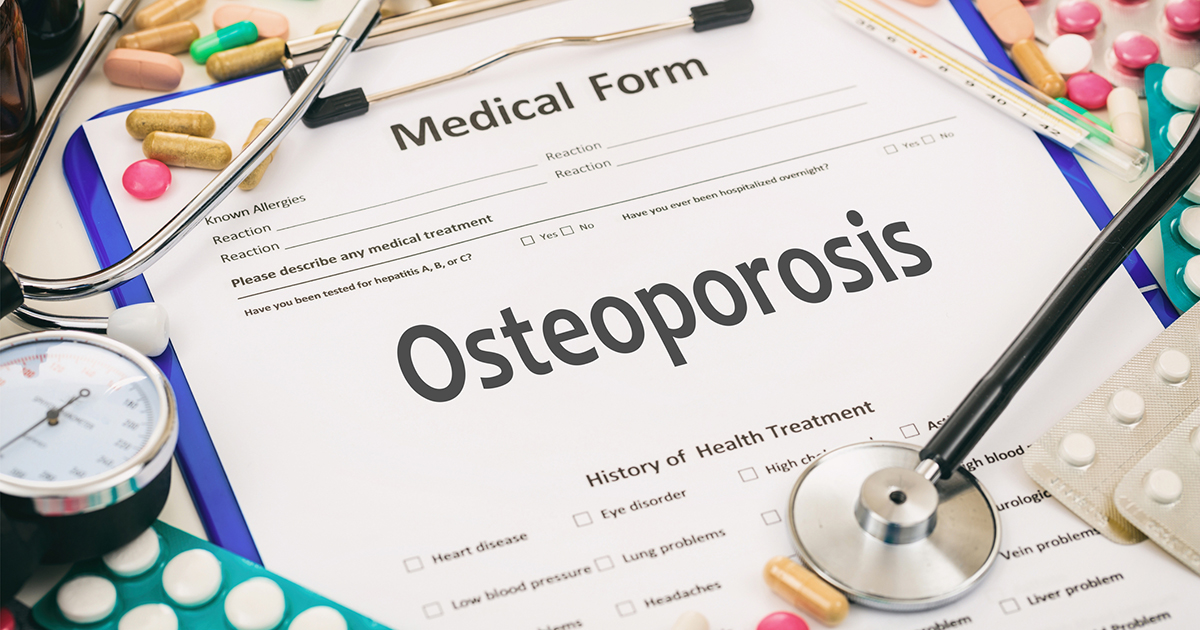
Sometimes your osteopenia symptoms can be a warning sign of bigger problems on the horizon. Osteoporosis is similar to osteopenia, but your bones are even more brittle. The great news is when you notice the early signs of osteoporosis, you can take measures to reduce your risk of developing the disorder.
The most common early sign of osteoporosis that can indicate osteopenia is a fracture from a very mild impact. This could include a fall from no more than your standing height. You may also notice joint and muscle aches and a new need to push yourself with your arms to get in and out of chairs. Any of these symptoms are causes for concern, even more so if you're a woman over sixty-five or man over seventy. Speak with a doctor to receive the necessary testing to make the proper diagnosis as early as possible.
